Nvidia GeForce RTX 2060 - the Digital Foundry verdict
Even factoring out the RTX features, this is a decent deal.
Whether it's $2000 4K HDR monitors or $1000 RX 2080 Ti graphics cards, Nvidia's reputation of late has been of a firm pushing the state-of-the-art - but with a substantial price premium. The recently released RTX 2070 was delivered with more of an eye towards value, but it's this RTX 2060 that offers up a tempting deal. Let's be clear here, we're not seeing the stratospheric performance uplift delivered by the Pascal cards (judged on price, at least) but at a stroke, this £330/€369/$350 offering outperforms Vega 56, presents a strong challenge against Vega 64 and effectively replaces both GTX 1070 and GTX 1070 Ti. Indeed, for the most part, it even gets close to delivering GTX 1080 performance at 1080p and 1440p resolutions. On top of that, unlike the other RTX Founders Edition cards, it does all of this without requiring any kind of factory overclock.
The FE card sent for review offers few surprises - the form factor and shroud are essentially a match for the RTX 2070 FE, but there's still the sense of genuine heft and quality to the product with a quiet thermal solution. I didn't have time to conduct much in the way of overclocking tests, but while experimenting with Battlefield 5's ray tracing performance, core clock overhead seemed a little underwhelming, with a +150MHz offset causing the system to hang. I ended up settling on +100MHz for stability, bringing the operating speed of the card to just over 2GHz, while memory was solid with a +700MHz boost, adding ten per cent to memory bandwidth.
This is an impressive package overall and while I do have some criticisms, I'm not sure they're hardware-based as such. Strictly speaking, ray tracing performance is in line with the metrics offered up by Nvidia for Battlefield 5. However, in presenting frame-rate averages from selected content, the figures ignore the fact that running at 1080p in more intense RT areas can see performance drop to 35-40 frames per second. I didn't test the entire game, but after a couple of hours of tweaking, even with resolution tweaks and lower DXR fidelity, performance could still dip below 60fps.

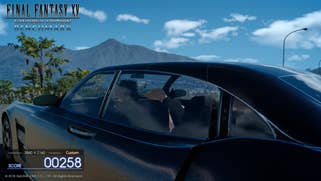
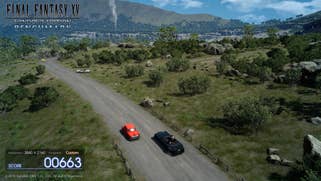









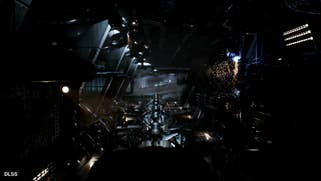
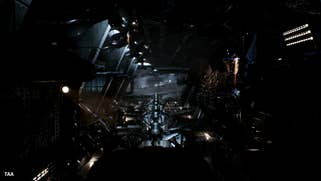


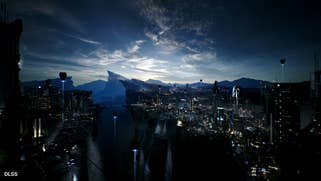
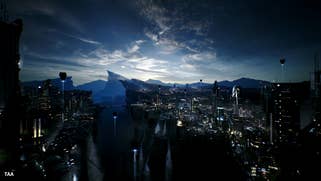
On the plus side, DLSS support for Battlefield 5 is indeed coming, which Nvidia says delivers performance more in line with how the game runs natively with ray tracing disabled, but the update isn't ready yet - which meant we couldn't test it. On top of that, we've yet to test DLSS generally on anything other than 4K resolution, upscaled from 1440p. If the same scaling factor is used at 1080p, DLSS will source from a 720p image which may not look great based on the results of other reconstruction techniques running at low source resolutions (though to be fair, DLSS is a very different animal). Rest assured, we will be looking at Battlefield 5's DLSS update in more depth when we have access to code, but my sense is that the RTX 2060 will need it to deliver solid performance across the entire game. In the here and now, check out the video on the first page of this review to see how the RTX 2060 runs BF5 - frame-rates may be variable, but it's obviously not the disaster some were predicting for RT content on the lower-end Turing card.
Returning to RTX more generally, it's a touch disappointing that months on from the launch, we still only have one DLSS-supported title and just one ray traced game. Bearing in mind how crucial this is to the appeal of Turing, I hope to see the pace pick up significantly there. In the here and now, what this means is that the focus of RTX reviews continues to be on rasterisation performance, which really isn't what RTX is all about, and what excites me so much about the technology. Nvidia has invested a huge amount of silicon space towards new features that could have almost as profound an impact as the programmable pixel shader, but what's clear is that it's going to take time to see these features gain momentum.
In the here and now, what we have is a card similar to the other RTX offerings in that there's the sense that buying now is effectively investing in a piece of hardware that doesn't have the software to fully exploit the technology on offer. However, the difference is that at the retail price of £330/€369/$350, there's a good deal here just in terms of standard rasterisation performance alone. it's cheaper than the launch price of the GTX 1070 while delivering significantly higher frame-rates, and you get the RTX features on top of that. To what extent the raw horsepower is there to execute a good ray tracing experience remains to be seen, but even without it, price vs performance is good and DLSS and variable rate shading have the potential to pile on the value. This is a well-priced product that deserves serious consideration at its recommended retail price.
Nvidia GeForce RTX 2060 Analysis
- Introduction, Hardware Breakdown
- DLSS - Deep Learning Super-Sampling and Variable Rate Shading: Performance Analysis
- Assassin's Creed Odyssey/Unity, Battlefield 1, Crysis 3 - Rasterisation Analysis Part 1
- Far Cry 5, Far Cry Primal, Ghost Recon Wildlands - Rasterisation Analysis Part 2 [This Page]
- Rise of the Tomb Raider, Shadow of the Tomb Raider, The Witcher 3, Wolfenstein 2 - Rasterisation Analysis Part 3
- Battle of the 1080p Champs - RTX 2060 vs GTX 1060, RX 580, RX 590 - Rasterisation Analysis Part 4
- Nvidia GeForce RTX 2060 - the Digital Foundry verdict [This Page]








